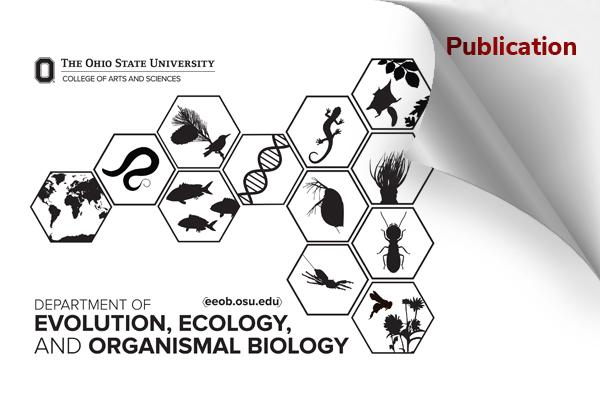EEOB publication - Jarzyna & Bellvé

Paleobiogeographic insights gained from ecological niche models: progress and continued challenges
Blois, JL, AM Bellvé, MA Jarzyna, EE Saupe, and VJP Syverson. 2024. Paleobiology.
Abstract
The spatial distribution of individuals within ecological assemblages, and their associated traits and behaviors, are key determinants of ecosystem structure and function. Consequently, determining the spatial distribution of species, and how distributions influence patterns of species richness across ecosystems today and in the past, helps us understand what factors act as fundamental controls on biodiversity. Here, we explore how ecological niche modeling has contributed to understanding the spatiotemporal distribution of past biodiversity, and past ecological and evolutionary processes. We first perform a semi-quantitative literature review to capture studies that applied ecological niche models (ENMs) to the past, identifying 668 studies. We coded each study according to focal taxonomic groups and whether and how the study used fossil evidence, whether it relied on evidence or methods in addition to ENMs, and spatial scale and temporal intervals. We used trends in publication patterns across categories to anchor discussion of recent technical advances in niche modeling, focusing on paleobiogeographic ENM applications. We then explored contributions of ENMs to paleobiogeography, with a particular focus on examining patterns and associated drivers of range dynamics; phylogeography and within-lineage dynamics; macroevolutionary patterns and processes, including niche change, speciation, and extinction; drivers of community assembly; and conservation paleobiogeography. Overall, ENMs are powerful tools for elucidating paleobiogeographic patterns. ENMs are most commonly used to understand Quaternary dynamics, but an increasing number of studies use ENMs to gain important insight into both ecological and evolutionary processes in pre-Quaternary times. Deeper integration with traits and phylogenies may further extend those insights.
